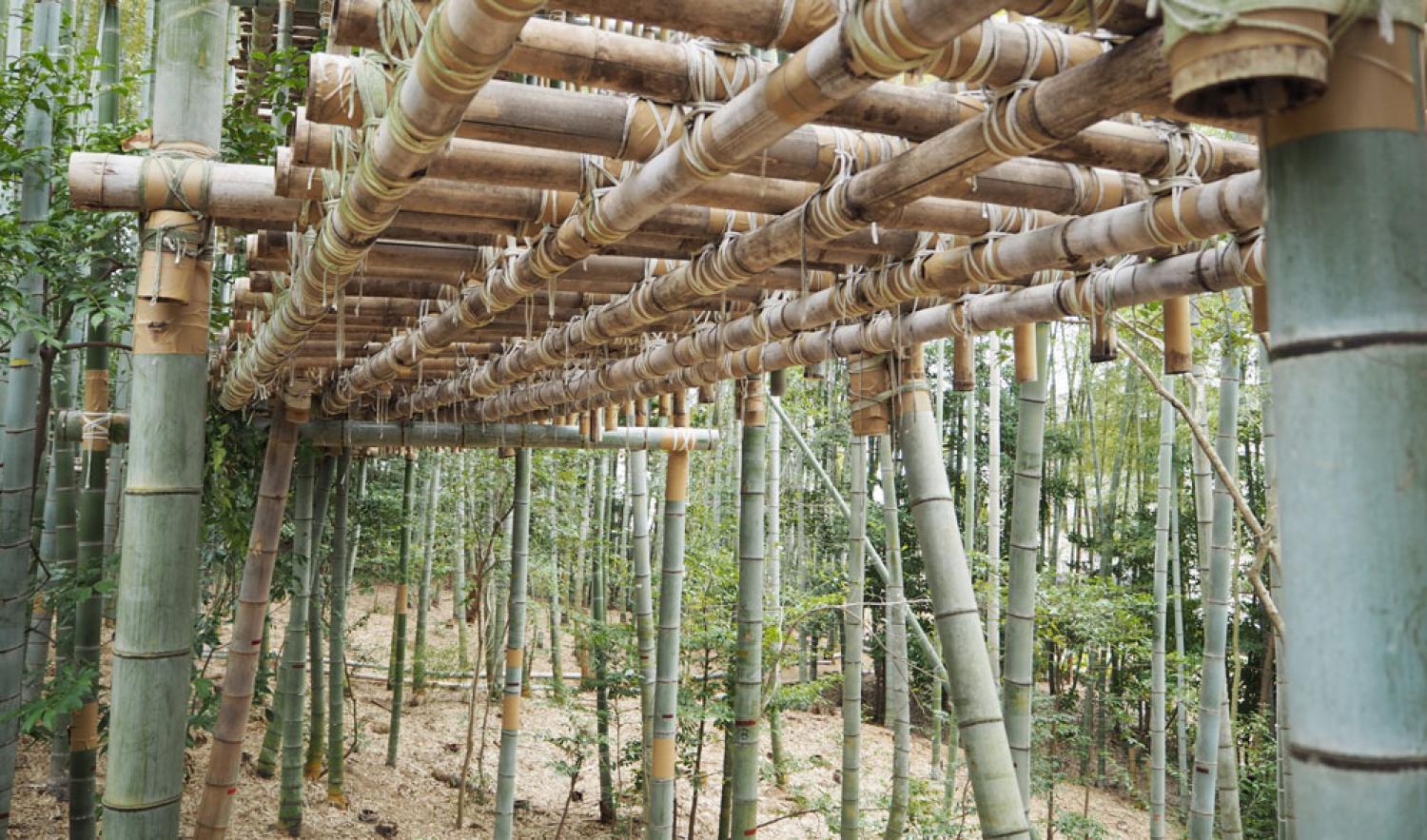Sustainable Charm: Exploring Natural Building Materials

Sustainable Charm: Exploring Natural Building Materials
Natural building materials contribute not only to the aesthetic appeal of a home but also to its sustainability. Discover the advantages and diverse options available when opting for natural materials in your construction and design choices.
Benefits of Natural Building Materials
Choosing natural building materials comes with a multitude of benefits. These materials are often renewable, biodegradable, and have lower environmental impact compared to their synthetic counterparts. Additionally, they contribute to healthier indoor air quality by minimizing the emission of volatile organic compounds (VOCs) commonly found in synthetic materials.
Wood: Timeless Elegance and Sustainability
Wood remains a timeless choice for natural building materials, offering both elegance and sustainability. Responsibly sourced and certified wood, such as FSC-certified lumber, ensures that the harvesting practices maintain forest health. From structural elements to flooring and finishes, wood brings warmth and a connection to nature.
Bamboo: Rapidly Renewable and Versatile
Bamboo is a rapidly renewable resource with remarkable versatility in construction. As a grass, it grows much faster than traditional hardwoods, making it an eco-friendly choice. Bamboo can be used for flooring, furniture, and even as a structural material. Its strength and durability make it a popular alternative in sustainable building.
Adobe and Cob: Earthy and Energy-Efficient
Adobe and cob are natural building materials made from earth, sand, and straw. These materials have been used for centuries in traditional construction. Adobe bricks and cob walls provide excellent thermal mass, helping regulate indoor temperatures and reducing the need for artificial heating or cooling.
Stone: Enduring Beauty and Durability
Stone, such as limestone, granite, or slate, offers enduring beauty and durability. Quarried stone requires minimal processing, making it a more sustainable choice compared to synthetic materials. Stone can be used for exterior cladding, flooring, countertops, and even as a structural element, providing a natural and robust aesthetic.
Cork: Renewable and Insulating
Cork is a unique natural material harvested from the bark of cork oak trees. It is renewable, as the trees regenerate after harvesting, and it possesses natural insulating properties. Cork flooring is comfortable underfoot and can contribute to energy efficiency in buildings. Additionally, cork is used in wall coverings and furniture.
Rammed Earth: Sturdy and Low Environmental Impact
Rammed earth construction involves compressing a mixture of earth, gravel, sand, and clay into solid, dense walls. This method creates sturdy structures with a low environmental impact. Rammed earth buildings have excellent thermal mass, providing natural insulation and reducing energy consumption.
Hempcrete: Sustainable and Lightweight
Hempcrete is a bio-composite material made from hemp fibers, lime, and water. It is lightweight, breathable, and has excellent insulation properties. Hempcrete is often used in construction for walls and insulation, contributing to a sustainable and energy-efficient building envelope.
Straw Bales: Insulating and Cost-Effective
Straw bale construction involves using straw as a building material, usually encased in a plaster or stucco finish. Straw bales provide excellent insulation and can be used for walls and roofs. This method is not only environmentally friendly but also cost-effective, making it an attractive option for sustainable building.
To explore the possibilities of natural building materials, visit Natural Building Materials. This link offers insights and resources to guide you in incorporating sustainable and natural elements into your construction and design choices.
In conclusion, embracing natural building materials goes beyond aesthetics; it is a commitment to sustainable and eco-friendly construction practices. From wood and bamboo to adobe and stone, the diverse range of natural materials provides a plethora of options for creating homes that are both charming and environmentally responsible.









